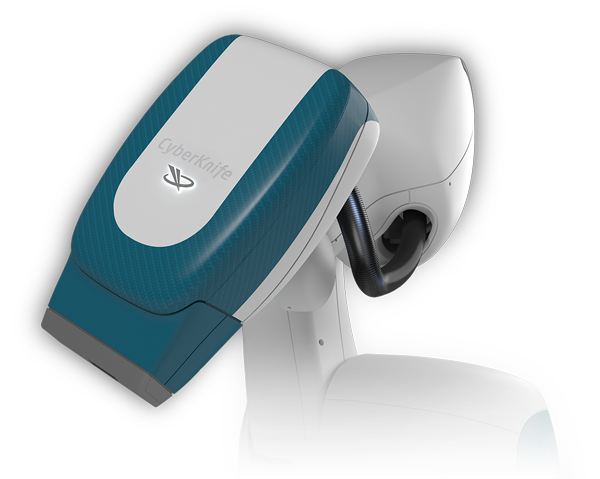A Rapid, Non-invasive Treatment
The CyberKnife® System is an image-guided linear accelerator mounted to a robotic arm that is specifically designed to deliver SBRT. It is this robotic precision of the system, combined with real-time motion synchronization of the radiation beam to the tumor’s position, that makes such a difference for patients.
Many patients respond well to multi-modality treatment that combines radiation therapy with systemic treatment such as chemotherapy. CyberKnife SBRT may be completed in as little as 5 sessions and typically does not require interruption to the chemotherapy cycle.

